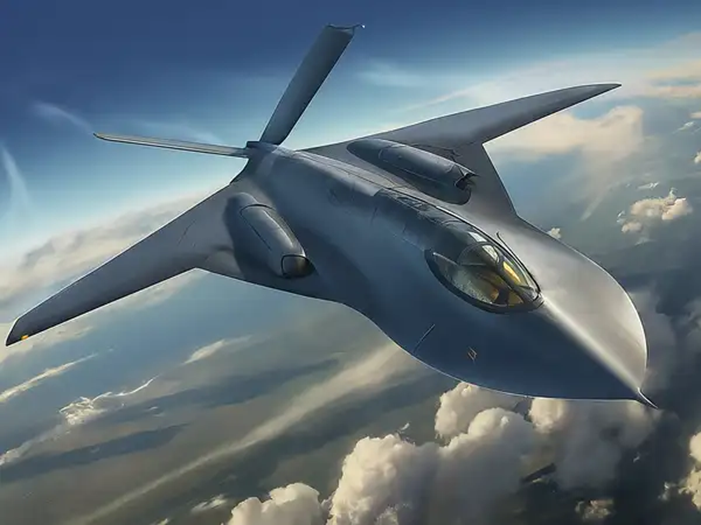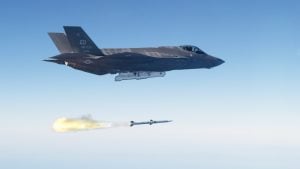India is poised to transform its strategic capabilities with an ambitious plan to develop an ultra-long-range stealth bomber, capable of covering distances exceeding 12,000 kilometers. This move signals a remarkable evolution from regional power to a global force, with the Indian Air Force (IAF) set to join an elite group of nations equipped with intercontinental strike bombers.
India Embarks on Development of 12000 km Stealth Bomber
Strategic Rationale
- Global Reach: The new bomber’s 12,000 km range far surpasses the United States’ B-21 Raider (roughly 9,300 km) and rivals Russia’s Tu-160, granting India the ability to project power across continents—including America, Europe, Australia, and Africa—without aerial refueling.
- Nuclear Deterrence: Integrating an airborne leg into India’s nuclear triad, the bomber solidifies a second-strike capability, ensuring survivability and strategic deterrence even if land and sea-based assets are compromised.
- Response to Regional Dynamics: The modernization of China’s People’s Liberation Army Air Force, especially the forthcoming H-20 stealth bomber, driven India’s move to field a platform capable of matching or exceeding such capabilities.
Design Concept and Capabilities
Core Features
- Stealth Technology: Advanced radar-absorbent materials and design minimize detection by enemy air defense networks.
- Variable Geometry (Swing-Wing) Design: Inspired by the Tu-160, this feature enhances fuel efficiency during long transits and permits high-speed penetration into contested airspace.
- Automated Systems: State-of-the-art electronics and automated controls will maximize mission survivability and precision.
- Heavy Payload: Expected to carry up to 12 tons of munitions, including:
Development and Collaboration
- Lead Agencies: The Defence Ministry, DRDO, Hindustan Aeronautics Ltd (HAL), and the Aircraft Development Agency are leading the project.
- International Partnerships: Technology transfer talks are ongoing with Russia and France. Engine solutions might be adapted from the GE-414 or Russia’s NK-32 engines, depending on performance and integration trials.
- Timeline: Initial blueprints and dummy models are in development, with the first prototype targeted for a 2032–2035 timeframe.
Strategic Impact
- Global Power Projection: The bomber will allow India to strike virtually any target on the globe, projecting deterrence far beyond South Asia.
- Rebalancing Power: With this initiative, India moves from a border-centric defense philosophy toward a proactive, global reach—reshaping the Indo-Pacific and global security landscapes.
- Strengthening Deterrence: The bomber’s integration raises the credibility of India’s nuclear triad and enhances survivability against surprise attacks.
Conclusion
India’s planned 12,000 km stealth bomber encapsulates a significant leap in defence capability and ambition. By 2035, the IAF may rank alongside the major air powers, equipped with a world-class, intercontinental stealth bomber ready to underpin India’s global security interests.



















